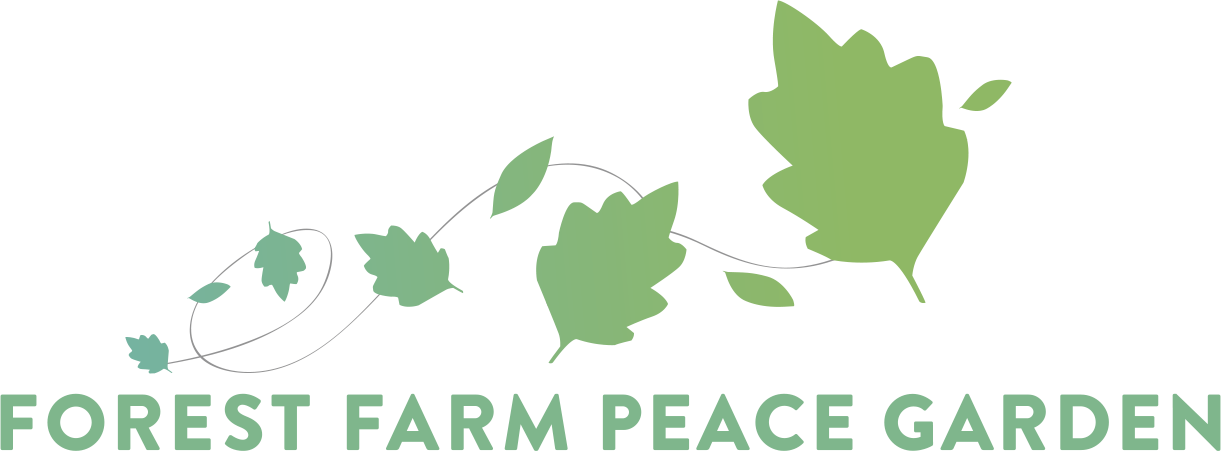Common Name: Oregon Grape
Genus & Species: Mahonia aquifolium (Pursh) Nutt
Family: Berberidaceae
Other Similar Species: the small Mahonia repens (Creeping Mahonia) and the tall Mahonia x lomariifolia hybrids.
Mahonia aquifolium flower
Range and Habitat:
Mahonias are native to the temperate woodlands of North America, Eastern Asia and the Himalayas. The most commonly cultivated are M. aquifolium and M. repens (N.American) and M. x lomariifolia hybrids (Asian).
M. repens is commonly used in municipal planting schemes such as supermarket carparks, whilst the other two are common in parks and gardens in the UK. All species are occasional escapes into the wild.
General ID:
M. aquifolium is an evergreen shrub growing to 1m tall by 1.5m wide, with pinnate leaves consisting of spiny leaflets resembling holly leaves, and dense clusters of yellow flowers in early spring, followed by dark bluish-black berries. M. x lomariifolia is a shrub or tree up to 7m tall. Leaves are up to 45cm long, compound with 12-20 pairs of leaflets, plus a larger terminal one, dark green above, lighter green below. The flowers form spikes up to 25cm long. The berries are egg-shaped, dark blue, sometimes almost black, up to 8mm long. M. repens is very similar to M. aquifolium but has a creeping habit and rarely grows more than 50cm high.
For food…
The flowers have a pleasant honey smell and taste and can be added to teas or salads in early spring. The berries are quite sharp but can be made into jams or jellies, fermented into a wine or dried and added to salads, snack bars or porridge.
Mahonia aquifolium fruit
For healing…
Many Native American cultures used the roots to treat blood disorders and coughs or for dyspepsia. Traditional Chinese Medicine (TCM) used it to detoxify the body, improve circulation and reduce inflammation. Modern research by the US National Center for Complementary and Integrative Health (NCCIH) suggests it is an effective treatment for psoriasis. Scientific studies have also shown that it contains 5'-methoxyhydnocarpin (5'-MHC), a multi-drug resistance pump inhibitor, which works to decrease bacterial resistance in vitro.
In culture…
It is the national flower of the US state of Oregon. It can be used as a dye, with the stems and roots yielding a yellow and the fruits giving a purplish colour. The genus name derives from Bernard McMahon, one of the stewards of the plant collections from the Lewis and Clark expedition which opened up western North America to European settlement.
For wildlife…
The flowers are a good early nectar source for bees and other insects. As an evergreen it also provides winter cover. The fruits are eaten by birds.
At FFPG…
Mahonia makes an appearance in our herb spiral and the ethnobotany bed as well as towards the rear of the willow dome!
Mahonia repens
Disclaimer:
This is intended for information only. FFPG, its staff, trustees and volunteers do not make any claim as to the safety or efficacy of plants listed for medicinal purposes and do not encourage the consumption or use of any of the plants listed herein. Anybody wishing to use plants for medicinal effect is advised to consult their medical professional.




